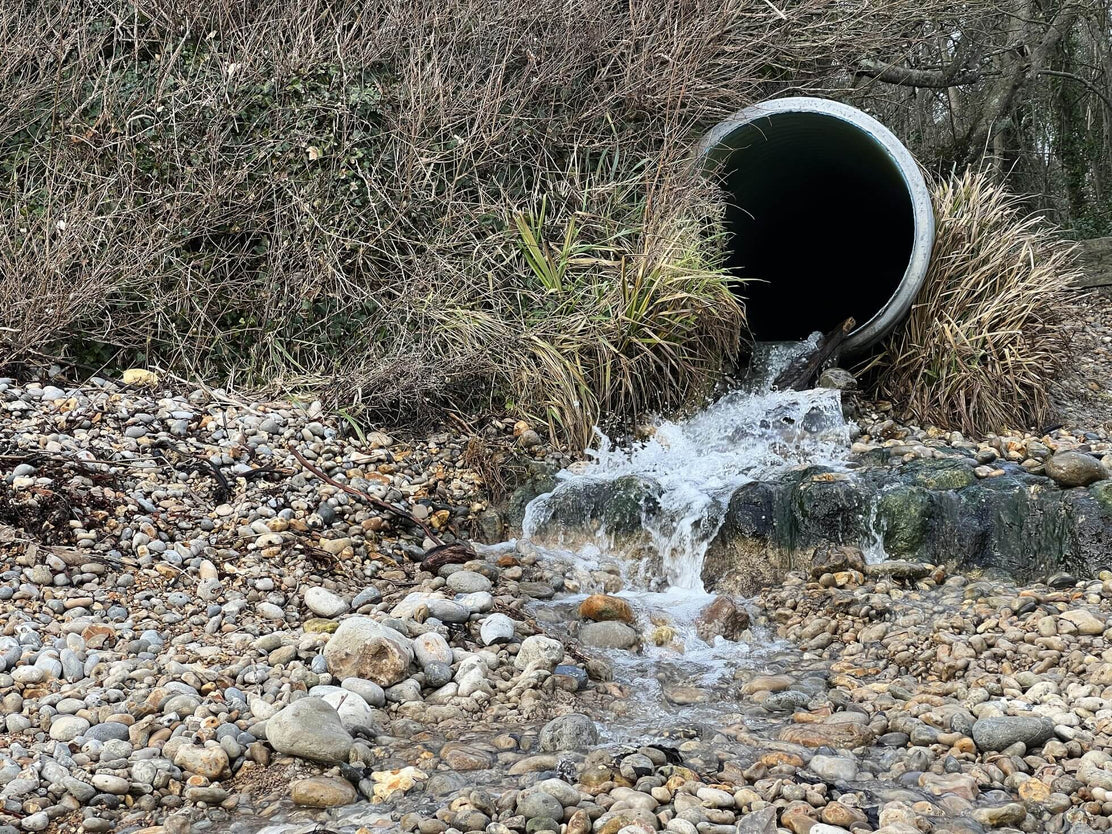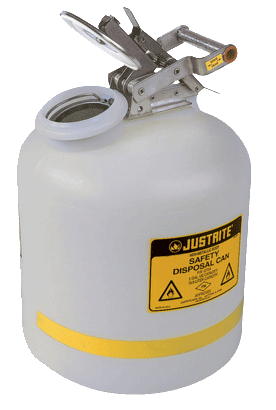Exactly How Liquid Waste Disposal Functions: An In-depth Introduction of Strategies and Technologies Used

Introduction of Liquid Waste Kind
The intricacy of fluid waste kinds requires a complete understanding of their qualities and implications for disposal. Liquid waste can broadly be categorized into numerous types, including commercial, municipal, agricultural, and contaminated materials. Each classification shows distinctive properties, calling for details monitoring methods to mitigate environmental and health threats.
Industrial fluid waste originates from making procedures and frequently includes a series of impurities, such as hefty steels, solvents, and natural substances. Metropolitan fluid waste, primarily consisting of wastewater from houses and commercial facilities, contains raw material, nutrients, and virus (industrial wastewater treatment). Agricultural fluid waste, consisting of runoff from ranches, may consist of plant foods, chemicals, and pet waste, positioning dangers to water top quality and ecosystems
Dangerous fluid waste is characterized by its poisoning, sensitivity, or potential to trigger injury. Understanding these varied fluid waste kinds is critical for creating reliable disposal methods and ensuring conformity with environmental laws.
Physical Therapy Approaches

Testing is the first step, where bigger particles and particles are eliminated from the liquid waste making use of displays or grates. This process safeguards downstream equipment from damages and makes sure smoother operation. Complying with screening, sedimentation utilizes gravitational pressure to separate solids from fluids. In sedimentation tanks, heavier particles work out at the bottom, creating a sludge layer, while the cleared up fluid can be additional treated.
Purification is another necessary method that includes passing the liquid with permeable products, such as sand or membrane layers, to capture smaller particles. This step boosts the high quality of the liquid, making it appropriate for succeeding treatment processes.

Chemical Therapy Techniques
Chemical therapy techniques are necessary for efficiently managing liquid waste, particularly in addressing liquified and colloidal contaminants that physical techniques may not sufficiently remove. These strategies use numerous chemical representatives to reduce the effects of, precipitate, or transform harmful substances right into much less harmful forms.
One usual approach is coagulation and flocculation, where chemicals such as alum or ferric chloride are contributed to promote the gathering of put on hold bits. This procedure boosts sedimentation, enabling for simpler removal of the resulting sludge. Additionally, oxidation processes, utilizing agents like chlorine or ozone, are used to break down intricate natural compounds and virus, rendering the waste more secure for discharge or more treatment.
Neutralization is one more vital strategy, which adjusts the pH of acidic or alkaline waste streams to neutral degrees, protecting against potential injury to downstream systems and the environment. Moreover, progressed oxidation procedures (AOPs) use combinations of oxidants and ultraviolet light to weaken consistent contaminants, accomplishing a greater level of therapy efficiency.
Organic Treatment Procedures
Biological therapy procedures play a critical function in the monitoring of liquid waste by utilizing microorganisms to decay natural matter and reduce pollutant degrees. These procedures can be broadly categorized right into anaerobic and cardio therapies, each using specific microbial areas to accomplish effective waste degradation.
Aerobic treatment entails using oxygen to facilitate the malfunction of natural materials by microorganisms. This process is typically implemented in turned on sludge systems, where aeration storage tanks provide a conducive setting for microbial development, resulting in the oxidation of natural contaminants. The resultant biomass can be divided from dealt with effluent with sedimentation.
In comparison, anaerobic therapy takes place in the absence of oxygen, counting on different germs to damage down organic matter. This technique is especially beneficial for high-strength waste, as it generates biogas, a sustainable power resource, while reducing sludge production. Technologies such as anaerobic digesters are regularly used in metropolitan and commercial applications.
Both anaerobic and cardio biological therapies not only minimize the environmental effect of liquid waste however additionally promote resource recovery, making them crucial elements of sustainable waste management techniques. Their effectiveness, adaptability, and performance support their prevalent execution across different markets.
Arising Technologies in Disposal
Innovative methods to liquid waste disposal are quickly progressing, driven by improvements in innovation and an increasing focus on sustainability. Among these arising technologies, membrane layer bioreactors (MBRs) have actually gained traction for their capability to integrate biological therapy with membrane purification, resulting in top notch effluent that can be recycled in different applications. MBRs make read this article it possible for smaller sized footprints and much more reliable procedures compared to traditional systems.
An additional encouraging growth is using anaerobic digestion combined with nutrient healing modern technologies, which not just treats fluid waste but likewise generates biogas and recuperates valuable nutrients like nitrogen and phosphorus. This double advantage improves source performance and reduces environmental effect.
Additionally, progressed oxidation procedures (AOPs) are being taken on for the deterioration of complex organic toxins. These methods utilize powerful oxidants and stimulants to break down contaminants at the molecular degree, offering an extremely efficient service for challenging waste streams.
Additionally, the integration of expert system and artificial intelligence in waste management systems is enhancing functional efficiency and predictive upkeep, resulting in decreased expenses and enhanced ecological compliance. These modern technologies reflect a considerable shift in the direction of even more reliable and sustainable fluid garbage disposal techniques.
Verdict
In verdict, efficient fluid waste disposal demands a comprehensive understanding of different strategies and modern technologies. The integration of physical, chemical, and organic treatment why not try these out approaches makes sure the effective monitoring of varied waste kinds. Additionally, the development of ingenious modern technologies improves therapy efficiency and advertises sustainability these details in waste monitoring practices. By continuously progressing these methodologies, it becomes possible to attend to the growing challenges connected with fluid waste, eventually adding to environmental management and source recuperation.
Fluid waste disposal is a crucial aspect of ecological management, requiring a thorough understanding of various techniques and modern technologies customized to different waste kinds. Liquid waste can generally be categorized into several types, including commercial, municipal, agricultural, and harmful waste. Agricultural liquid waste, including overflow from farms, may contain fertilizers, pesticides, and animal waste, presenting risks to water top quality and ecological communities.
Various physical treatment approaches play an important function in managing fluid waste effectively - industrial wastewater treatment.In conclusion, reliable liquid waste disposal requires a thorough understanding of various methods and modern technologies
Comments on “Leading Industrial Wastewater Treatment Solutions: Making Certain Conformity and Performance”